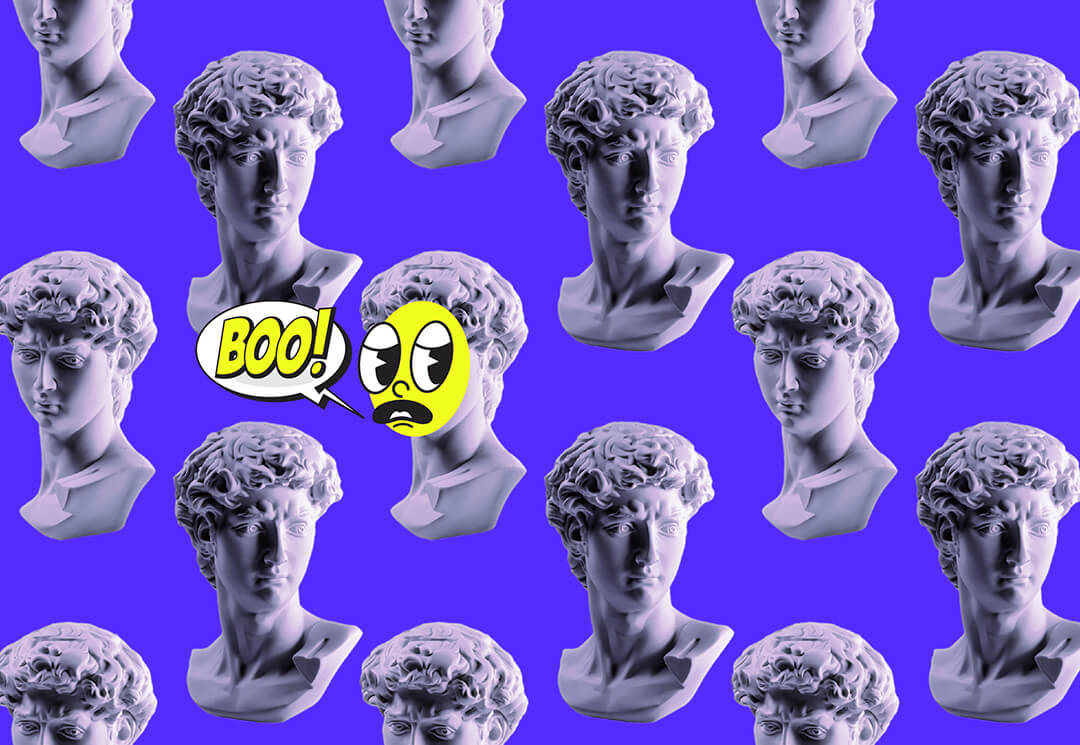Do you need a brand toolkit?

Think about your favorite brands. What do they have in common? While they may offer wildly different products or services, your favorite brands probably all have a consistent and aesthetically pleasing ‘look’. Maybe they also have a unique tone of voice that keeps you engaged with their Twitter feed. They also probably create feelings of trust or excitement within you, feelings that keep you coming back time and time again. From boosting social media engagement or increasing email open rates, today’s brand teams have a lot of goals they’re working toward. At the end of the day though, it’s those feelings of trust, excitement, value, and more that brand teams are focused on building within their target audience.
The thing is, reaching that goal is only possible when your brand team has the right tools at their disposal. This leads us to the essential foundation of any successful brand – the brand toolkit. Keep reading for an in-depth guide to building a brand identity toolkit and how it can help propel your brand growth forward.
What is a brand toolkit, and why are they helpful?
If your brand is a cell, your brand toolkit is the nucleus at its heart. A brand strategy toolkit is the ultimate compilation of everything your brand is, from your voice to your visual identity, to your point-of-purchase experience, and more. It encapsulates everything that sets your brand apart from the competition. It should be a thoughtful, well-designed resource that anyone from your CMO to your freelance team can reference at any point.
Your brand toolkit is also the jumping-off point for any piece of content you create or any new campaign you envision. Following it will ensure that anything you put out to the public will feel authentic to your brand. Depending on your brand’s identity and goals, your toolkit can also be as rigid or flexible as you want it to be, with plenty of room for experimentation too.
At Citizen Best, we have plenty of experience creating well-crafted brand toolkits for our clients. If you’re looking for a few examples, check out our brand design portfolio But first, let’s dive into the top 7 reasons why your brand needs a toolkit.
7 reasons why you need a brand strategy toolkit
Laying the proper groundwork is incredibly important if you want to fuel your brand’s growth over time. A well-thought-out brand strategy toolkit can do exactly that and provide several other key benefits too.
1. It keeps your brand identity cohesive
Successful brands are instantly recognizable. As soon as you see their logo, or perhaps even a certain set of colors, you automatically make the connection. And while recognizability and consistency may seem like simple asks, it can get pretty murky pretty quick. This is why it’s so important to have every piece of your brand’s visual identity represented within your brand toolkit. Wherever your brand may appear, from larger-than-life billboards to tiny social media posts, sticking to your brand toolkit will help your brand stay true to itself visually.
2. It gives your content a clear ‘why’ behind it
A great brand identity toolkit will include resources on the ‘why’ behind your brand. Anything from your purpose statement, to your target audience, and more will help weave together that bigger vision for why your brand exists in the first place.
A big part of effective content marketing is having a clear ‘why’ behind everything your team creates. In today’s saturated world of blog posts, social media channels, and YouTube videos, being able to reference back to your brand toolkit can help you conceptualize content that will stand out and bring true value to your audience.
3. Your brand strategy toolkit sets clear standards
Nobody likes rules, but when it comes to crafting your brand identity, it’s important to set at least a few in place. No matter how large or small your team is, it’s more than likely that multiple people will be involved in creating and publishing content. Setting clear rules and standards can help ensure consistency across all your materials and make sure each of your design elements are used appropriately.
A few examples of common standards are: how to space your logo, the hierarchy of brand colors, and when to use your logo vs. a watermark.
4. It can help your audience connect with your brand
Your ultimate goal as a brand is to create a lasting connection with your audience. It’s not just the first impression that’s important, but the second, third, and onwards. Building a solid brand identity that’s reflected in a toolkit makes it easy to telegraph exactly who your brand is and what makes it stand out each time someone encounters it.
And it’s not just about helping your target audience connect with you. You want to be able to showcase a consistent idea of what your brand is all about among your employees, your investors, and your vendors as well.
5. You can use it as a jumping-off point for testing
Earlier we mentioned how important it is to set standards and rules within your brand identity toolkit. But sometimes, rules are meant to be bent and broken, especially when your content isn’t quite working. If people aren’t reacting to your brand the way you’d like them to, going back to your toolkit can help you pinpoint what elements might not be working, and offer you a consolidated space in which to experiment with alternatives.
6. It makes materials easily accessible
Another big perk of having an easily accessible brand toolkit is that everyone can reference it whenever working on brand materials. Having things like logos, icons, and fonts easily copy and pasteable can save your team a lot of time and effort. Instead of letting everything get disorganized and buried in a Google Drive or email chain, an interactive brand toolkit can simply live in one accessible place.
7. It keeps your content on-task, on-topic, and on-brand
Especially if you publish a lot of written or video materials meant for an audience, it’s helpful to have guidelines on things like formatting, length, potential topics, and keywords. Instead of running wild with content that might not end up resonating, tying everything aligned to your toolkit can help your content have a better chance of landing.
The essential elements of a brand toolkit
While every brand toolkit is different, there are a number of common elements that should go into each one. Here’s a quick breakdown of what we recommend including.
Your visual identity
One of the most important components of your brand toolkit is your visual identity. This includes things like:
- Logo(s) and wordmarks
- Branded graphics and icons
- Any brand photography
- Color palette
- Fonts
Along with these items, you’ll also want to include use cases and any acceptable variations. It’s also not a bad idea to take things a step further, putting together examples of what bad usage looks like. Showing distorted logos or wrong color pairings can help drive home the message of how important it is to get it right.
A style guide
Along with the visual side of your brand, your brand identity toolkit should also include anything and everything to do with your brand voice and style. Considerations for your tone of voice (and how they may vary across certain channels), along with your brand purpose statement, key personality traits, and content pacing are all key here.
Like with your visual elements, you’ll also want to include examples of how not to present your brand in written communications.
Social media considerations
Social media is rapidly evolving, with new platforms seemingly joining the fray every year. And each platform has its own unique culture, which makes it important for your brand to be able to create a compatible but true-to-brand presence on each. Within your brand toolkit, you’ll want to include guidelines for the social media platforms you plan to be on. Include sizing requirements, post-frequency, times of posting, and even post templates and graphics that your social media team can plug and play with.
Influencer guidelines
More and more brands are leveraging influencer power to forge connections with their audiences. Even B2B brands are getting in on the action. And while influencer marketing was considered the “Wild West” of marketing back in the early 2010s, working with influencers has now become a standard for many brands.
Even if your brand isn’t currently working with any influencers, you should include influencer guidelines in your toolkit. Include information on what kind of influencers you’d prefer to work with, the size of their following, and what kind of content they produce. Or if you already have an extensive influencer network, your brand toolkit is a great place to keep your influencer rules and all of their contact info.
Community engagement guidelines
Does your brand like to take an active, hands-on approach when it comes to communicating with your followers/audience? Or is it more subdued? There’s no one right way to engage with your community, but it is important that your approach stays consistent across social media and your physical stores or offices. Adding guides for how brand representatives and community management teams should communicate with your audience can help maintain a sense of continuity and ensure every person has a similarly (positive!) experience.
Also, include scripts or guides on how to respond to commonly asked questions and negative comments, and include links to resources or the contact info of subject matter experts within your company who can answer more technical questions.
Whether you need help revamping your old brand toolkit or are starting completely from scratch, we can help synthesize everything that makes your brand unique into one master resource. Learn more about how Citizen Best can help you craft the perfect brand toolkit.


